There’s also so much information out there about all the different forms of publishing that most new authors are overwhelmed when it comes to deciding which way for their books.
My goal with this series of posts is not to persuade or convert any author in favor of one form of publishing over another. That is a personal decision for every author, and I don’t fault anyone for what choice they make. I was blessed in that I was given the opportunity to publish in every manner. As a result, I now independently publish my books because that works best for me based on my experience, education, talents, and lifestyle.
Some authors would never consider anything other than traditional publishing. For them, it is not a matter of credibility. They don’t want to do all the work that goes into publishing their own books. They prefer the luxury of writing their books and handing them off.
Then, there are other authors who have told me that traditional publishing was never an option for them. They don’t want to give up their rights and control over their books. However, they don’t believe they are capable of doing the hands on work of publishing their books on their own. So, they use a subsidy publisher.
The truth is that there are advantages and disadvantages no matter which way you go. For authors trying to publish their first books, it is best not to jump into making a decision.
Hopefully, this series of posts will help make sense of each form of publishing. For the next three weeks, I am going to break down each form of publishing with the pros and cons. On Week Four, I will explain E-Book Publishing.
Feel free, if you have any questions, to shoot me an e-mail and I will answer it personally, and or answer it here for other writers who may have the same question.
Let’s begin by looking at the good old-fashioned commercial route.
Traditional Publisher:
Certainly there are many advantages to having one’s books published by a commercial publisher. For this post, a traditional publisher is a publisher that pays its authors advances, actively markets and promotes their titles, and assumes all production and distribution costs. This category can also include small independent publishers.
Beware; there are some disreputable subsidy publishers that may masquerade as a traditional publisher. One author told me that a publisher congratulated her on accepting her book for publication and then wanted fifteen hundred dollars from her. Run, don’t walk, from these type of outfits.
Traditional publishers don’t care about publishing great literature. They only care about selling books and making money. Currently, the traditional publishers are losing money hand over fist for a variety of reasons. At the top of the list of those reasons, poor executive decisions and advances in technology that have upset their apple carts.
Therefore, publishers will only invest in what they consider guaranteed money-makers. Proven authors, celebrities, and big named politicians have no trouble getting contracts because, financially, publishers can’t take the risk of investing in an unknown quantity. One source I checked claims the current rate of traditional publishers accepting previously unpublished authors is one percent.
The bigger traditional publishers will only accept book submissions through literary agents. So, a portion of your six-to- ten percent royalty will go to your agent. If you do not have a literary agent and you are offered a contract from a traditional publisher, have your contract looked over by a literary attorney. I know an author whose book was sold to a producer to be made into a movie. She received zero money on the deal because she had signed over the film rights of her book to the traditional publisher.
Pros:
• Pays authors an advance against royalties, based on anticipated sales.
• Pays all upfront costs of publication (editing, design, printing, marketing, distribution and fulfillment fees, advertising, pr).
• Takes care all legal formalities (ISBN, Lib. of Congress, copyright, permissions etc.).
• Provides most of the labor associated with bringing a book to market. (Cover design, interior layout, printing, etc)
• Value attached to “being published by…”
• Books sold everywhere (stores, chains, libraries, online, etc.)
Cons:
• Royalties paid to author are only 6-12% (10% average) of net sales, and nothing until the advance plus all upfront costs “earn out.”
• Majority of authors never see any more revenue from the book beyond the advance.
• Books are owned by the publisher. Author gets 10-20 copies; must buy more at cost for book events.
• Publisher only puts real marketing dollars or energy behind books with best shot at success.
• Authors have little control over final book because they have sold their rights for the book to the publisher.
• Increasingly difficult to land a publisher. According to some sources, traditional publishers are only accepting 1% of new unpublished authors.
• Takes 18-24 mos. for a publisher to bring a book to market from contract to books in hand.
• Authors expected to significantly supplement marketing plans with own efforts but are not allotted additional money or royalties to do so. Note above Con stating the publishers only put real marketing dollars and energy behind books with best shot at success.
• Proprietary: “That’s our area, not yours… so even though we don’t have time (or funds) to do it, you can’t either.”
Examples of traditional publishers: Random House, St. Martins Press, Ballentine, Poisoned Pen.
Next week, I will list the pros and cons of subsidy publishing.
Get an Editorial Review | Get Amazon Sales & Reviews | Get Edited | Publish Your Book | Enter the SPR Book Awards | Other Marketing Services


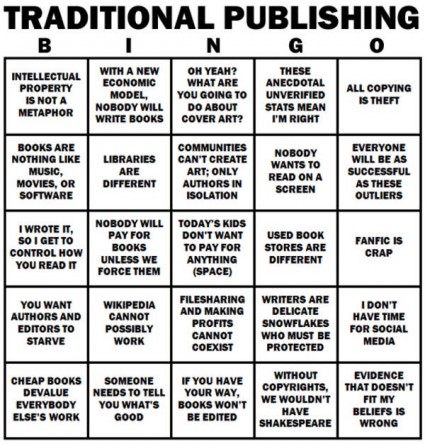
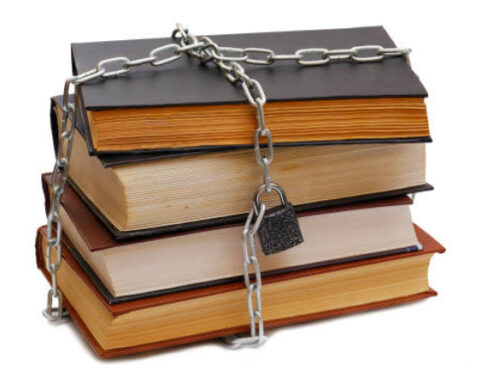




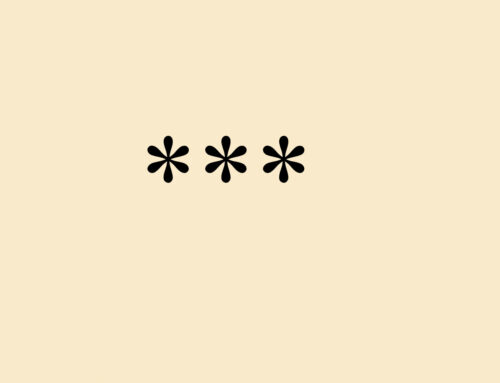
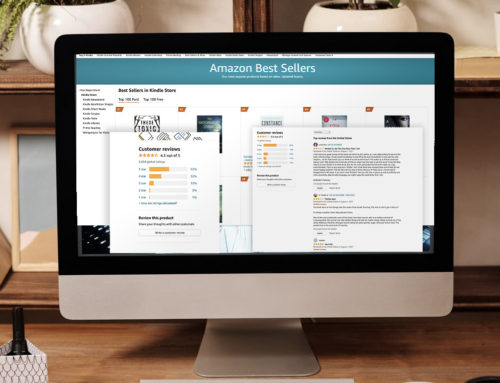




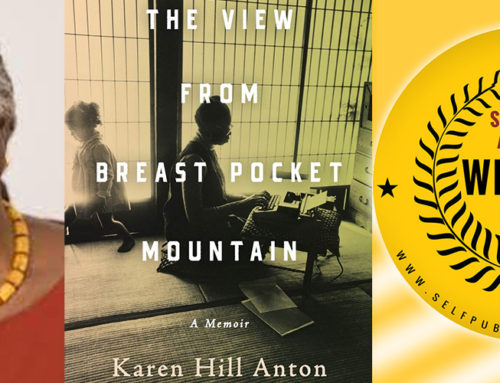
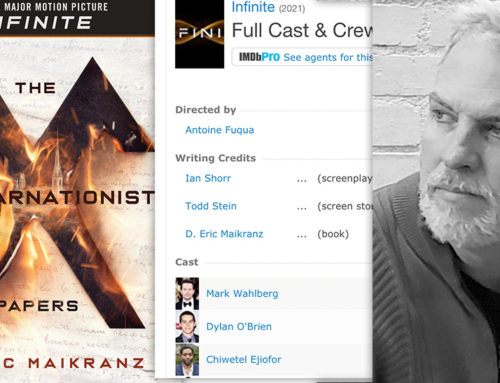







Lauren, thanks for the post. I suspect the one percent is actually more like “much less than one percent.” The traditional publishing world puts a recent vice president’s memoirs on the dusty shelves, and three former colleagues attack him for lying. Well, joy to the world! He’s a celebrity. What’s the truth, or decency, got to do with it? Want to get a hefty advance? Impregnate a celebrity’s teenage daughter. Women and gay men don’t do that, but what the hell? Who said life was fair?
It’s not good news for writers really… and with two major chains in Australia now reduced to little more than a squeak in the retail wheel, it can only get worse. Very excited to hear any solutions you have on the subjec,t Lauren… I’m a huge advocate of e-publishing and self-promotion, and lucky me, because a whole lot of writers out there just aren’t built that way. And I bet it sux to be them.
Timely advice. I’m approaching a decision point (first quarter 2012) on the launch of a new mystery series. I’ve been pitching agents but I’m getting the feeling they’re after guaranteed grand slams rather than an audience build.